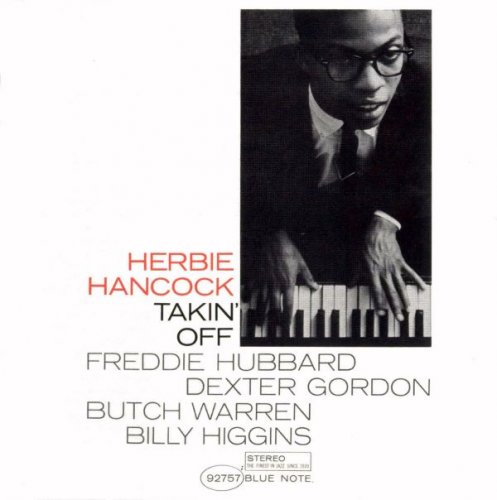Sly & The Family Stone – Original Album Classics (2010) 5CD
Artist: Sly & The Family Stone Title Of Album: Original Album Classics Year Of Release: 1967-71/2010 Label (Catalog#) :Epic,Sony Music,Legacy 88697770802 Country:: USA Genre: Funk, Soul, Psychedelic Rock Quality: FLAC (*image + .cue,log) Bitrate: Lossless Time: 04:41:29 Full Size: 1.79Gb(+3%)(covers) Info: wiki Upload: xfile.cloud
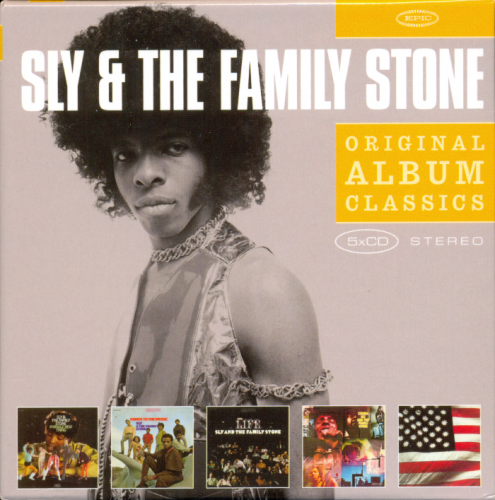
Sly & The Family Stone – Original Album Classics (2010) 5CD
Artist: Sly & The Family Stone Title Of Album: Original Album Classics Year Of Release: 1967-71/2010 Label (Catalog#) :Epic,Sony Music,Legacy 88697770802 Country:: USA Genre: Funk, Soul, Psychedelic Rock Quality: FLAC (*image + .cue,log) Bitrate: Lossless Time: 04:41:29 Full Size: 1.79Gb(+3%)(covers) Info: wiki Upload: xfile.cloud
03 10, 2025
Little Richard - Right Now! (Remastered) (2025) 1973
Исполнитель: Little Richard Альбом: Right Now! (Remastered) Жанр: Rock & Roll, Rhythm & Blues Год: (2025) 1973 Страна: USA Лейбл: Good Time Records Формат: FLAC (tracks) Official DR value: DR10 Разрядность: 24bit / 96kHz Stereo Размер: 739 MB Инфо: wiki Залито на: XFile (3% восстановление) «Exclusive for Lossless-Galaxy» Newly restored and remastered! Right Now! is a studio album by Little Richard, released in 1974. It was released without much publicity on the United Records label.
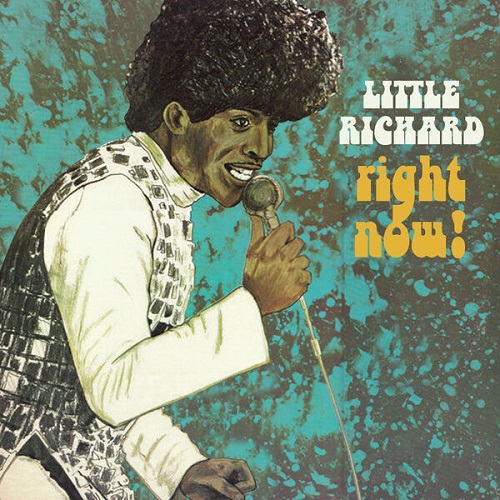
Little Richard - Right Now! (Remastered) (2025) 1973
Исполнитель: Little Richard Альбом: Right Now! (Remastered) Жанр: Rock & Roll, Rhythm & Blues Год: (2025) 1973 Страна: USA Лейбл: Good Time Records Формат: FLAC (tracks) Official DR value: DR10 Разрядность: 24bit / 96kHz Stereo Размер: 739 MB Инфо: wiki Залито на: XFile (3% восстановление) «Exclusive for Lossless-Galaxy» Newly restored and remastered! Right Now! is a studio album by Little Richard, released in 1974. It was released without much publicity on the United Records label.
03 10, 2025
Michael Schenker Group - Don't Sell Your Soul 2025
Исполнитель: Michael Schenker Group Альбом: Don't Sell Your Soul Жанр: Hard Rock, Heavy Metal Год: 2025 Страна: UK (London) Лейбл: earMUSIC Формат: FLAC (tracks) Official DR value: DR6 Разрядность: 24bit / 48kHz Stereo Размер: 577 MB Инфо: wiki Залито на: XFile (3% восстановление) «Exclusive for Lossless-Galaxy» "Don't Sell Your Soul" is the second part of a trilogy that was recorded in one piece. The first album "My Years with UFO" was followed by a sold-out tour and
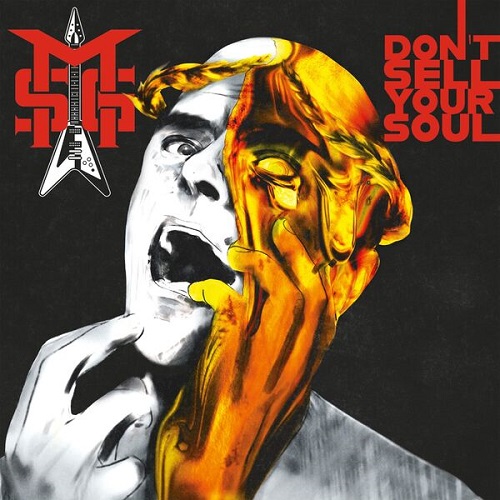
Michael Schenker Group - Don't Sell Your Soul 2025
Исполнитель: Michael Schenker Group Альбом: Don't Sell Your Soul Жанр: Hard Rock, Heavy Metal Год: 2025 Страна: UK (London) Лейбл: earMUSIC Формат: FLAC (tracks) Official DR value: DR6 Разрядность: 24bit / 48kHz Stereo Размер: 577 MB Инфо: wiki Залито на: XFile (3% восстановление) «Exclusive for Lossless-Galaxy» "Don't Sell Your Soul" is the second part of a trilogy that was recorded in one piece. The first album "My Years with UFO" was followed by a sold-out tour and
03 10, 2025
Жанры
Lossless Galaxy Release
Русская музыка
--Поп
--Рок
--Панк
--Альтернатива
--Металл
--Рэп, Хип-Хоп, R'n'B
--Джаз и Блюз
--Фолк
--Шансон, Авторская песня
--СССР
Зарубежная музыка
--Pop
--Rock
--Hard Rock
--Progressive & Art-Rock
--Pop-Rock & Soft Rock
--Instrumental Rock
--Heavy, Traditional, Industrial Metal
--Power, Gothic, Sympho Metal
--Thrash, Speed, Groove, Modern Metal
--Death, Melodic Death, Doom, Dark Metal
--Black, Pagan, Folk, Viking Metal
--Alternative
--Punk
--Disco, Eurodance
--Rap, Hip Hop, R'n'B
--Reggae, Ska, Dub
--Jazz, Blues, Soul
--Folk, Country, Ethnic
--Electronic, Ambient, New Wave
--House, Techno, Trance
Другие жанры
--New Age, Relax, Meditative & Flamenco
--Chillout, Lounge, Downtempo, Trip-Hop
--Drum & Bass, Jungle, Breakbeat, IDM
--Classical / Классическая музыка
--Soundtrack
--Музыкальные сказки
Vinyl Rip
HI-Res / DVD-Audio / DTS
--SACD
--DSD
--DVD-Audio
Сборники Lossless-Galaxy
Альбомы 2022
Альбомы 2023
Альбомы 2024
Теги
1st Press 2022 2023 2024 2025 70... AOR Black Metal Blues Blues Rock Bootleg Series Classic Rock Death Metal Discography Exclusive for Lossless-Galaxy Folk Rock Fusion Hard Rock Heavy Metal Hi-Res Japanese Edition Jazz Jazz Rock lossless Melodic Death Metal Melodic Rock Modern Electric Blues Pop Pop Rock Power Metal Prog Rock Progressive Metal Progressive Rock Psych Rock Psychedelic Rock Rock SACD Symphonic Metal Thrash Metal Дискографии от KoGGaN
Архивы
Опрос
В каком формате хотели бы видеть релизы на сайте ?
 Автор: sirk, 10 января 2024, Комментариев: 0, Просмотров: 278
Автор: sirk, 10 января 2024, Комментариев: 0, Просмотров: 278Herbie Nichols - The Complete Blue Note Recordings (1955-56) (1997) 3CD
Artist: Herbie Nichols
Title Of Album: The Complete Blue Note Recordings
Year Of Release: 1955-56/1997
Label (Catalog#) : Blue Note
Country: USA
Genre: Jazz, Bop, Hard Bop
Quality: FLAC (*tracks+cue,log)
Bitrate: Lossless
Time: 03:32:19
Full Size: 1.04Gb(+3%)
Upload: xfile.cloud
Title Of Album: The Complete Blue Note Recordings
Year Of Release: 1955-56/1997
Label (Catalog#) : Blue Note
Country: USA
Genre: Jazz, Bop, Hard Bop
Quality: FLAC (*tracks+cue,log)
Bitrate: Lossless
Time: 03:32:19
Full Size: 1.04Gb(+3%)
Upload: xfile.cloud
Tracks:
-------
Disc: 1
1 The Third World
2 The Third World (Alt. Tk.)
3 Step Tempest
4 Dance Line
5 Blue Chopsticks
6 Double Exposure (Alt. Tk.)
7 Double Exposure
8 Cro-Magnon Nights
9 Cro-Magnon Nights (Alt. Tk.)
10 It Didn't Happen (Alt. Tk.)
11 Amoeba's Dance
12 Brass Rings (Alt. Tk.)
13 Brass Rings
14 2300 Skiddoo (Alt. Tk.)
15 2300 Skiddoo
Disc: 2
1 Shuffle Montgomery (Alt. Tk.)
2 It Didn't Happen
3 Crisp Day
4 Shuffle Montgomery
5 The Gig
6 Applejackin' (Alt. Vers.)
7 Hangover Triangle
8 Lady Sings The Blues
9 Chit Chatting
10 House Party Starting
11 The Gig (Alt. Tk.)
12 Furthermore (Alt. Tk. #1)
13 Furthermore
14 117th Street (Alt. Tk.)
15 117th Street
16 Sunday Stroll
Disc: 3
1 Nick At T's
2 Furthermore (Alt. Tk. #2)
3 Terpsichore
4 'Orse At Safari
5 Applejackin' (Alt. Tk.)
6 Applejackin'
7 Wildflower
8 Mine (Alt. Tk.)
9 Mine
10 Trio
11 Trio (Alt. Tk.)
12 The Spinning Song (Alt. Tk.)
13 The Spinning Song
14 Riff Primitif
15 Riff Primitif (Alt. Tk.)
16 Query (Alt. Tk.)
17 Query
Personnel:
---------
Bass – Al McKibbon (tracks: 1-1 to 3-6), Teddy Kotick (tracks: 3-7 to 3-17)
Composed By – Herbie Nichols (tracks: 1-1 to 3-7, 3-9 to 3-17)
Drums – Art Blakey (tracks: 1-1 to 2-4), Max Roach (tracks: 2-5 to 3-17)
Piano – Herbie Nichols
Recorded At – Van Gelder Studio, Hackensack, New Jersey
-------
Disc: 1
1 The Third World
2 The Third World (Alt. Tk.)
3 Step Tempest
4 Dance Line
5 Blue Chopsticks
6 Double Exposure (Alt. Tk.)
7 Double Exposure
8 Cro-Magnon Nights
9 Cro-Magnon Nights (Alt. Tk.)
10 It Didn't Happen (Alt. Tk.)
11 Amoeba's Dance
12 Brass Rings (Alt. Tk.)
13 Brass Rings
14 2300 Skiddoo (Alt. Tk.)
15 2300 Skiddoo
Disc: 2
1 Shuffle Montgomery (Alt. Tk.)
2 It Didn't Happen
3 Crisp Day
4 Shuffle Montgomery
5 The Gig
6 Applejackin' (Alt. Vers.)
7 Hangover Triangle
8 Lady Sings The Blues
9 Chit Chatting
10 House Party Starting
11 The Gig (Alt. Tk.)
12 Furthermore (Alt. Tk. #1)
13 Furthermore
14 117th Street (Alt. Tk.)
15 117th Street
16 Sunday Stroll
Disc: 3
1 Nick At T's
2 Furthermore (Alt. Tk. #2)
3 Terpsichore
4 'Orse At Safari
5 Applejackin' (Alt. Tk.)
6 Applejackin'
7 Wildflower
8 Mine (Alt. Tk.)
9 Mine
10 Trio
11 Trio (Alt. Tk.)
12 The Spinning Song (Alt. Tk.)
13 The Spinning Song
14 Riff Primitif
15 Riff Primitif (Alt. Tk.)
16 Query (Alt. Tk.)
17 Query
Personnel:
---------
Bass – Al McKibbon (tracks: 1-1 to 3-6), Teddy Kotick (tracks: 3-7 to 3-17)
Composed By – Herbie Nichols (tracks: 1-1 to 3-7, 3-9 to 3-17)
Drums – Art Blakey (tracks: 1-1 to 2-4), Max Roach (tracks: 2-5 to 3-17)
Piano – Herbie Nichols
Recorded At – Van Gelder Studio, Hackensack, New Jersey
Внимание! У Вас нет прав для просмотра скрытого текста.
Похожие новости:
Комментарии отсутствуют
Добавить комментарий!
Информация
Посетители, находящиеся в группе Гости, не могут оставлять комментарии к данной публикации.


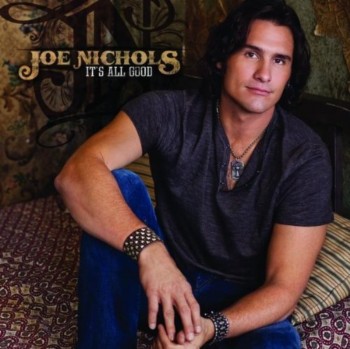
![VA - Les Annees Blue Note - The Finest In Jazz 1955-1967 [2CD] (1996)](/uploads/posts/2018-12/thumbs/1544009399_folder.jpg)
